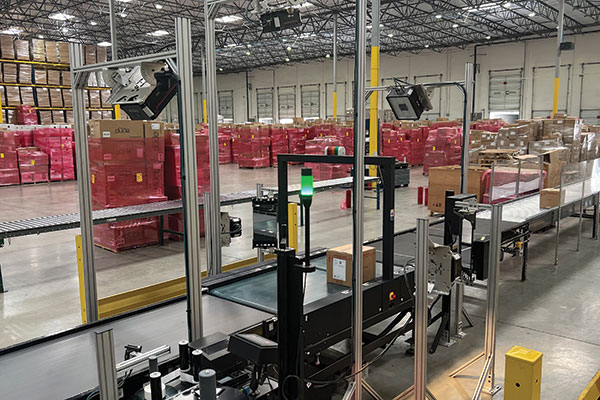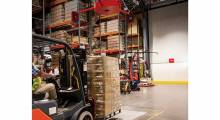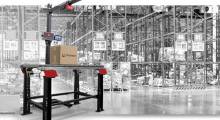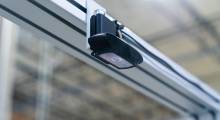Dimensioning is taking on a new dimension. Or, two. Or, three. Just ask Randy Neilson, president of Cubiscan.
We’re all familiar with machines that take the measure of a package or item and weighs it, too. Those measurements are important to shippers who want to be sure carriers are charging them the correct amount to pick up, transport and deliver a package. It’s even possible to dimension something like a potted plant despite all its non-linear angles and gaps (see Modern, July 2020).
But what if you took those established practices and turned them inside out? Literally. What if you were more interested in the dimensions of what was going in the package? There’s even a sustainability angle here.
When was the last time you received an e-commerce package and the box was right-sized for the contents? OK… Time’s up.
But it doesn’t have to be that way. Wouldn’t it be better if the item in the package wasn’t surrounded by so much air or extra void fill?
Or as Neilson put it, “What’s the cost of shipping too much air?” Bet you don’t have an answer for that. But you can bet you’re being charged for shipping too much air if the package isn’t sized to its contents. Neilson says many packages have up to an extra 40% of space in them.
So now you’re paying for too large a package. And too much package is not the most sustainable solution. Not to mention the void fill that might be shoved in there. And don’t forget about the additional energy costs for transporting too-big packages with all that air. Without knowing any of the specifics, it’s easy to guarantee that more right-sized packages will fit in a carrier’s truck than are on there today.
Neilson says that’s where dimensional data from the Cubiscan 325 can help. To build, or select, the right-sized package for the shipment, the contents need to get dimensioned first. Then the proper packaging can be created.
Now, Cubiscan only provides the dimensioning equipment. But other companies are focused on optimizing the package. These include Supply Chain Optimizers, Packsize (packsize.com) and Qingado Anypack Packaging Technology, to name three that Cubiscan works with. In addition, Magic Logic Optimization focuses on load optimization for carriers that adds even more efficiency and sustainability.
All of that is helpful for shipping parcels, but what about pallet loads in your facility? Neilson says the introduction and use of autonomous mobile robots (AMRs) make it more imperative that those pallet loads are squared off, without protrusions, and not leaning to the point of potentially falling apart.
He says dimensioning machines can inspect the integrity of the load, helping to maximize safety by minimizing costly accidents due to instability, excessive overhangs or protrusions that don’t fit through tight quarters. It’s all kind of a domino effect, says Neilson.
And just when you think dimensioning has, you know, taken on new dimensions, Neilson adds one more.
“You know this equipment is all about data collection. We are only seeing the tip of the iceberg when it comes to real data analytics going on here,” says Neilson. “But what if artificial intelligence became part of the dimensioning profile? I bet data analytics combined with new AI technology can add a whole new perspective by thinking inside the box.”
Article topics









